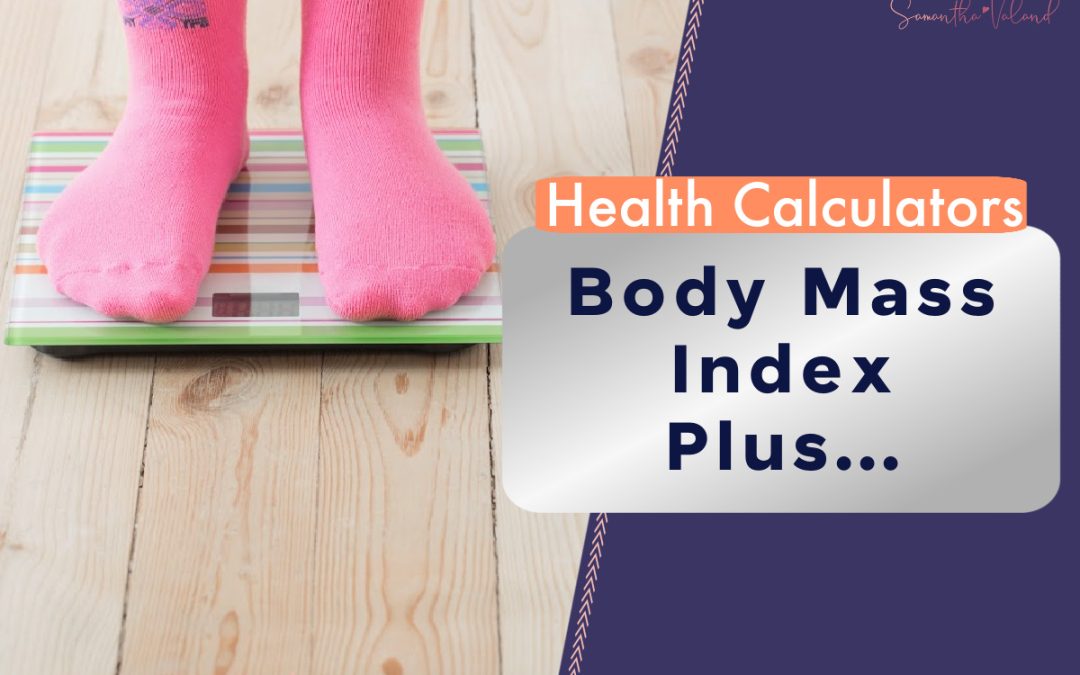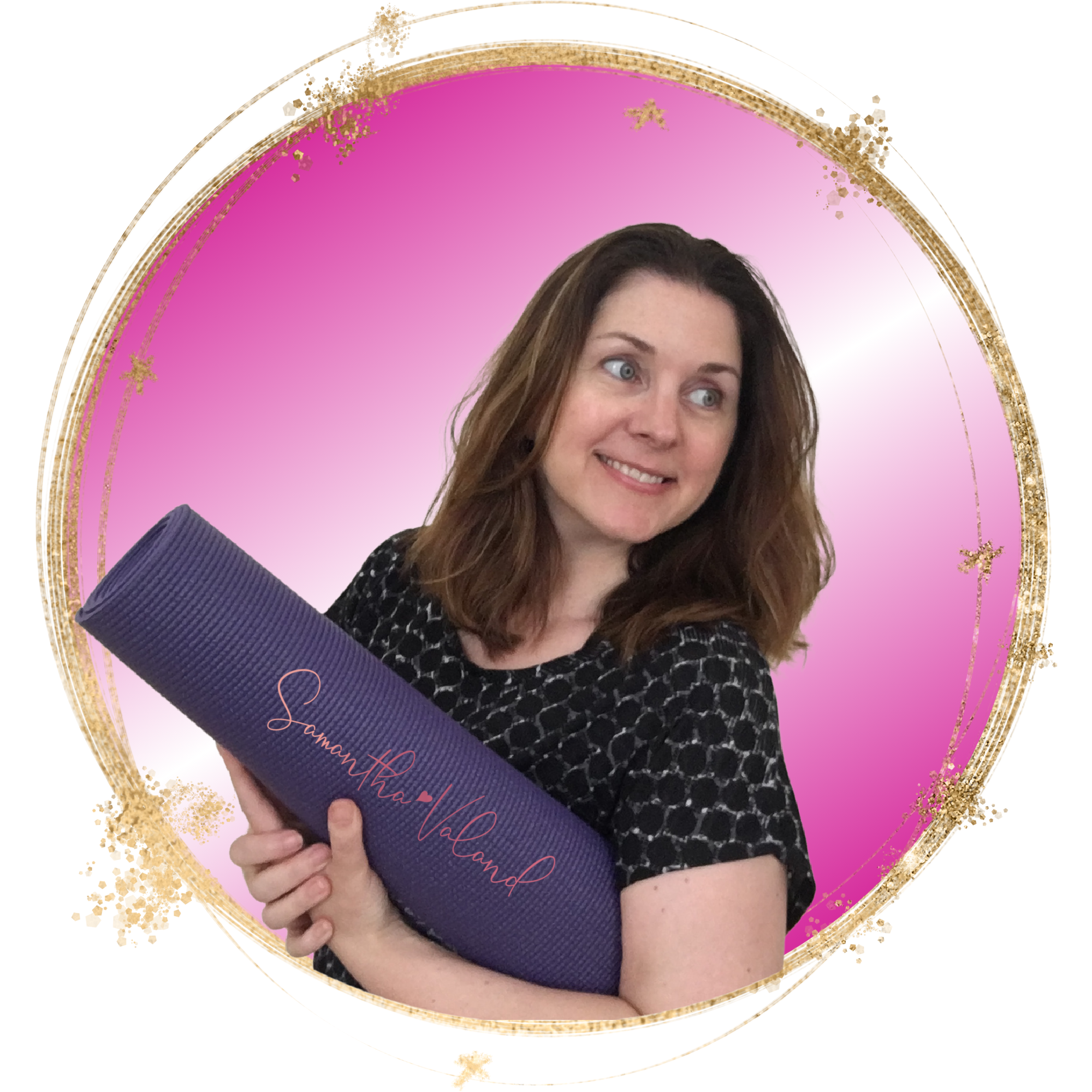The Body Mass Index (BMI) used to be the gold standard health assessment tool. Few use it these days as it says nothing about your body composition. Which means it doesn’t take into account your muscle/fat ratio. We have much easier access to accurate information around body composition as technology has changes for weighing scales. You may have a set at home or at your gym which can tell you that.
How to Calculate BMI
BMI It is a simple calculation using weight and height. We know that ethnicity is important for understanding health risks as well. The NHS BMI Calculator uses all 3 factors to create a customised rating for you . It’s a simple calculation (as your height rarely changes) and therefore easy to do. It has 4 categories:
• Underweight
• Healthy
• Overweight
• Obese
When you start exercising again, you may expect that your weight will change. However, if you keep in mind, that a pound of fat weighs the same as a pound of muscle. Each is stored differently and it’s therefore the change to your shape that is a useful Plus measurement.
BMI Plus
BMI Plus is simply using the BMI plus something else to measure your body composition, such as clothes. A pair of jeans are quite unforgiving as a measurement tool. Or a dress from your summer wardrobe. You will have something in your wardrobe which you know is a good measure of where your shape is at regardless if you would wear it outside or not.
When you are starting to exercise again, what do you have in your wardrobe that makes a good plus to BMI measurement?
Samantha Valand is a Pilates teacher, Yoga Instructor and Personal Trainer. Who helps over fifties women fall in love with exercising again after the menopause. You can find some inspiration over on the blog If you are interested how coaching can help you can start here. Samatha has a free monthly newsletter to help you live healthy ever after




